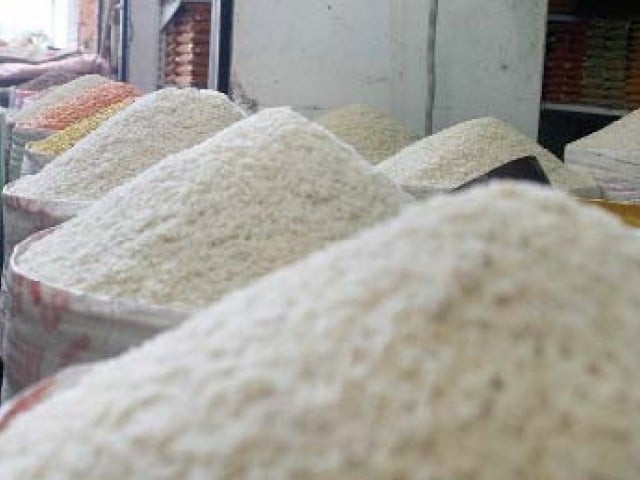New highs: Global market demand hikes pulse prices
Shortfall in India has created an opportunity for global traders to hike prices

Shortfall in India has created an opportunity for global traders to hike prices. PHOTO: PPI
The market experts revealed that the major price hike is owing to the fewer amounts of pulses produced. They further explained that pulses this year have been inadequately harvested due to erratic weather conditions. Resultantly, Pakistan has to rely on imports to meet its domestic needs whereas, hoarding by middlemen also plays a major role in increase in the pulse prices at a time when the prices of lentils are high in the international market.
According to the Pakistan Agriculture Research Council (PARC), the total area under major pulse crops in Pakistan is about 1.5m hectares. Chickpea occupies around 73 per cent of the total pulses area with 76 per cent contribution to the total production, whereas moong occupies 18 per cent of the total area devoted to pulses contributing 16 per cent to the total pulses production. The black gram and lentils, each are cultivated on five per cent of the total pulses area and each of them contributes five per cent to the total pulses production.

Karachi Wholesalers Grocers Association Chairman Anis Majeed said that India was the world’s largest producer and consumer of pulses followed by Pakistan, Canada, Myanmar, Australia and the United Sates. He said that some of these countries are suppliers of pulses to the Indian market.
The global pulse market is estimated at 60 million tons. He said that last year in 2014-15, in comparison to the previous year the production of pulses slipped down by 12 per cent in India, as production remained around 18 to 19 tons against the domestic needs of 23 metric tons. This shortfall, he explained, was met through imports mainly from Canada, Myanmar and some African countries.
He said that this shortfall in India has created an opportunity for global pulse traders to make huge profits. He said that in 2014-15, India imported 4.6 tons pulses, 31 per cent more than compared to the previous year, which become a major cause of pulses prices hike in international as well as in domestic markets.
Dr Raheem Khan from Agriculture University Rawalakot said that pulses were one of the important sources of protein in Pakistan and cultivated over five per cent of the total cropped area. “Their use ranges from baby food to delicacies of the rich and the poor. Because of the population growth, demand for pulses is increasing. There is a need to develop varieties with higher yield potential so as to meet the increasing demand of pulses,” Khan said.
Published in The Express Tribune, December 7th, 2015.



















COMMENTS
Comments are moderated and generally will be posted if they are on-topic and not abusive.
For more information, please see our Comments FAQ